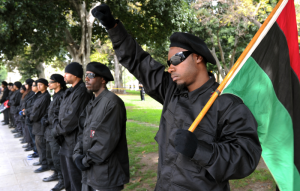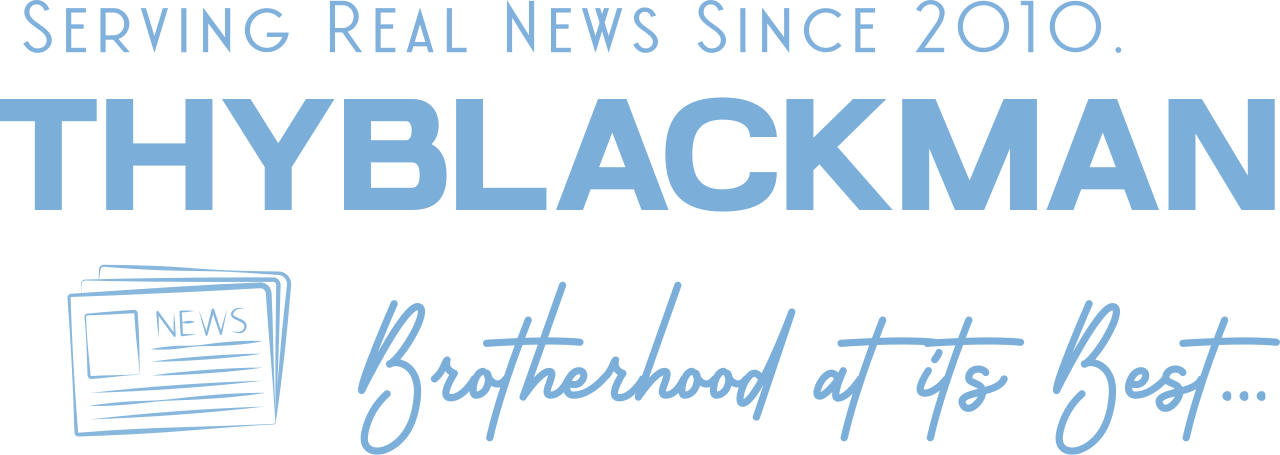(ThyBlackMan.com) Matthew “Peanut” Johnson was 16 years-old when San Francisco police officer Alvin Johnson killed him. The unarmed teen was said to have been fleeing a stolen car, and Officer Johnson claimed that he feared for his life, so he shot. The September 27, 1966 slaying was too much for African Americans in the Bayview Hunters Point neighborhood of San Francisco, and folks took it to the streets in protest. Through the lens of “law and order,” the uprising was so out of control that Governor “Pat” Edmund Brown called in the National Guard.
Some thought that calling the National Guard was an inflammatory overreaction. As the history website FoundSF writes of the scene: “Perhaps the best indication of both the essentially passive character of the response of Black males in Hunters Point and the unreasonable magnitude of White fears is the fact that, aside from long-range brick throwing, less than a half dozen assaults by Blacks against Whites were recorded in the course of five days of rioting.” According to some reporters, the police were overaggressive. In one case, police officers opened fire on a  community center full of children because they thought the children were armed. But when the children escaped, police reportedly entered the building looking for weapons, of which none were found.
community center full of children because they thought the children were armed. But when the children escaped, police reportedly entered the building looking for weapons, of which none were found.
The San Francisco Sun Reporter, the premier African American newspaper in the Bay Area (full disclosure, I got my start as a column writer for them in 1980), reported on Peanut Johnson’s death with a front page headline, “Cop Kills Negro Youth; Blood Flows in SF Streets.” I had an opportunity to see a copy of the paper when I toured the Oakland Museum of California and spent a couple of hours inhaling the exhibit “All Power to the People: Black Panthers at 50.” In walking through the exhibit, one is struck with a sense of both progress and regress, a horrible sense of déjà vu, an ugly reminder that for all the change we have experienced, there is a rigid racism that determines the way some people treat Black people. And our community seems to be somewhat unimaginative in managing solutions.
The young man who was killed on September 27, 1966 was named Matthew Johnson, but he could have been named Philando Castile, Tamir Rice, Michael Brown, Eric Garner, or let’s just call the roll. The officer who shot him was, of course, acquitted. The killing, and the acquittal, both galvanized people around the Black Panther Party fifty years ago, just as the killing of Michael Brown galvanized the Black Lives Matter movement a couple of years ago.
A review of the Black Panther Party Ten Point Platform reminds us that things like culturally sensitive education, jobs, decent housing, food, and health care are still not accessible for all Americans, and that African Americans are far less likely to have access than others. The platform is displayed prominently in the multi-media exhibit space, along with pictures of many of the Panther founders, a film featuring Bobby Seale and other Panther leaders, including Erika Huggins, music of the times, and copies of the Black Panther newspaper. More than a walk down memory lane, the exhibit was, for me, a reminder of an audacity that so many African American young people exhibited in the face of oppression. One of the Panther newspapers had the headline, “Capitalism Plus Racism Breeds Fascism.” That is, perhaps, a timely slogan for these troubling times, but few mainstream African American politicians will use the word “fascism” in a sentence.
The more important part of the story of the Black Panther Party is the story of resistance to injustice, resistance despite the interference of the FBI, Herbert Hoover, and Cointelpro. If the Panthers could develop more than 40 chapters without the assistance of the electronic media, is there any limit to what we can do now?
We limit ourselves. There is an unseemly caution among African American people. Too many have learned how to color within the lines; many have been rewarded for it. Insanity means doing the same thing over and over, then hoping for different results. And so too many, including leaders, have taken the “go along to get along” approach, forgetting that sometimes getting along is not enough.
If you are tired and dispirited in the wake of the 2016 elections, the Power to the People exhibit at the Oakland Museum might be the energizer that you need. Perhaps you need to be reminded that a group of audacious young people, facing obstacles, and lacking substantial resources, were able to raise important issues and make some changes in the ways Black people thought about themselves. And the Black Panther Party may also have made a difference, if just a bit of one, in the way that Black people are treated.
When we celebrate the Black Panther Party, we celebrate the concept of resistance. In these coming years, when resistance to oppression and unfairness will be critically necessary, celebrating the Black Panther Party is an opportunity for renewal.
Written By Julianne Malveaux
Official website; http://www.juliannemalveaux.com/
















Not organized very well. No backbone. Not as proactive. Not using hi-tech to fight